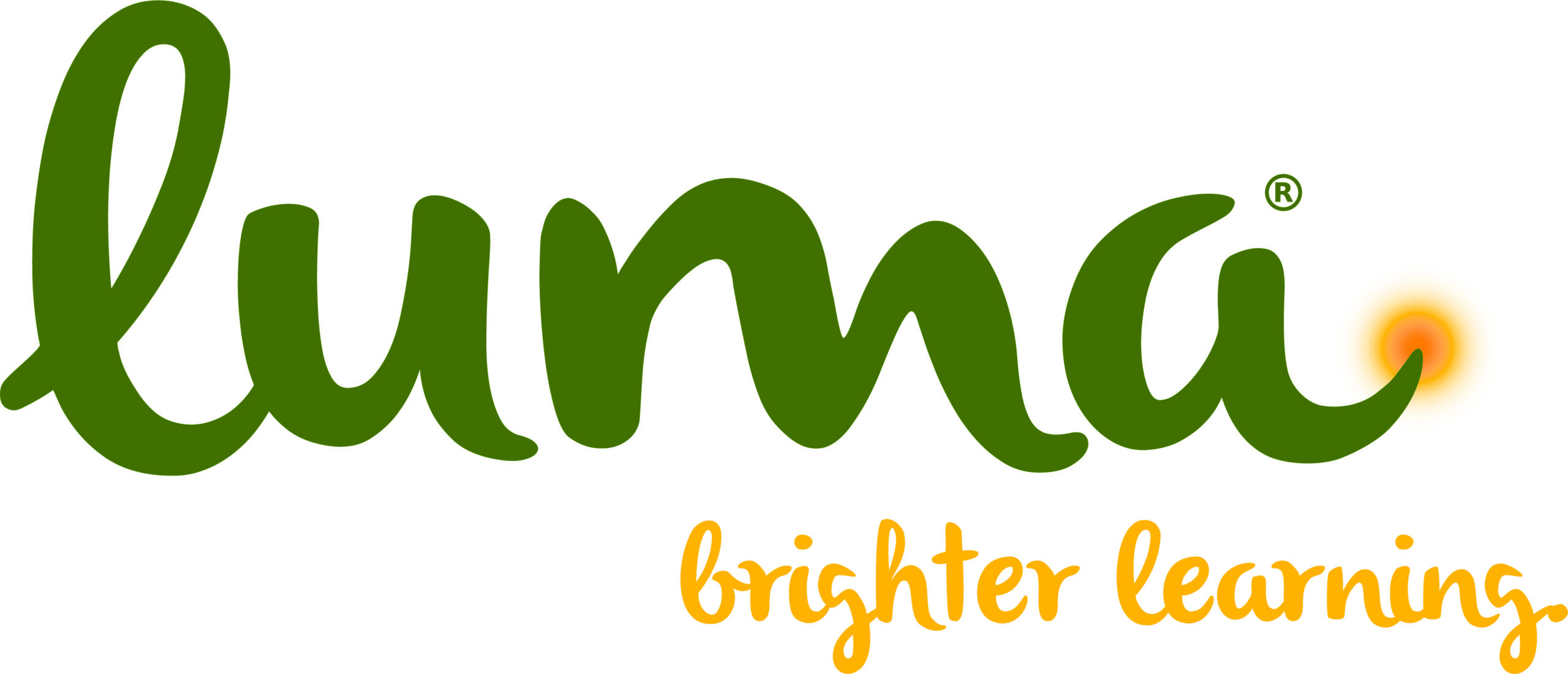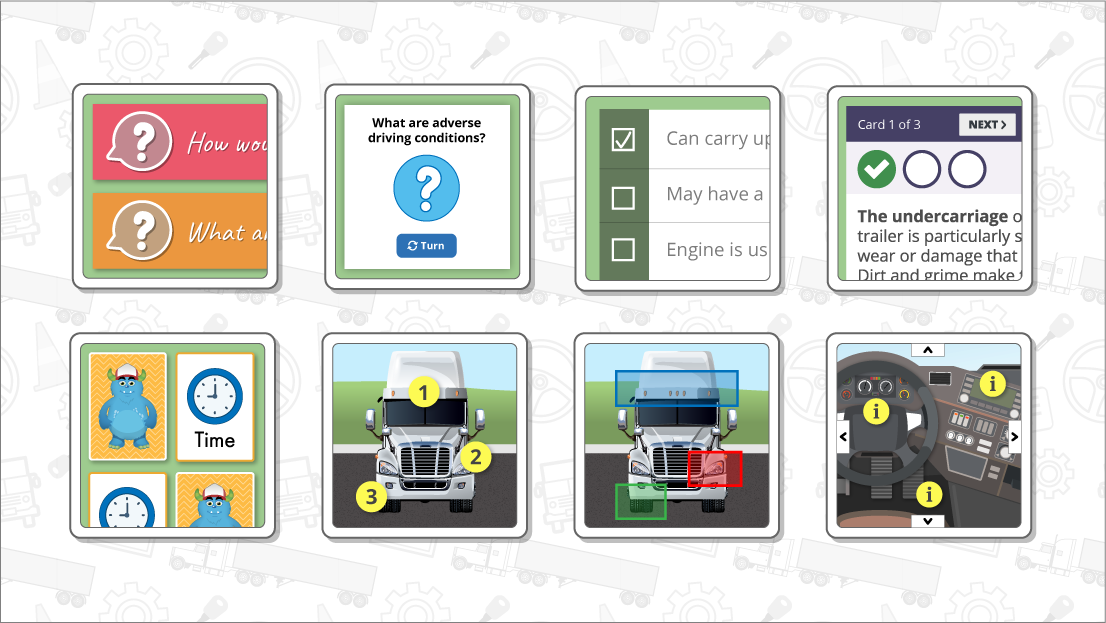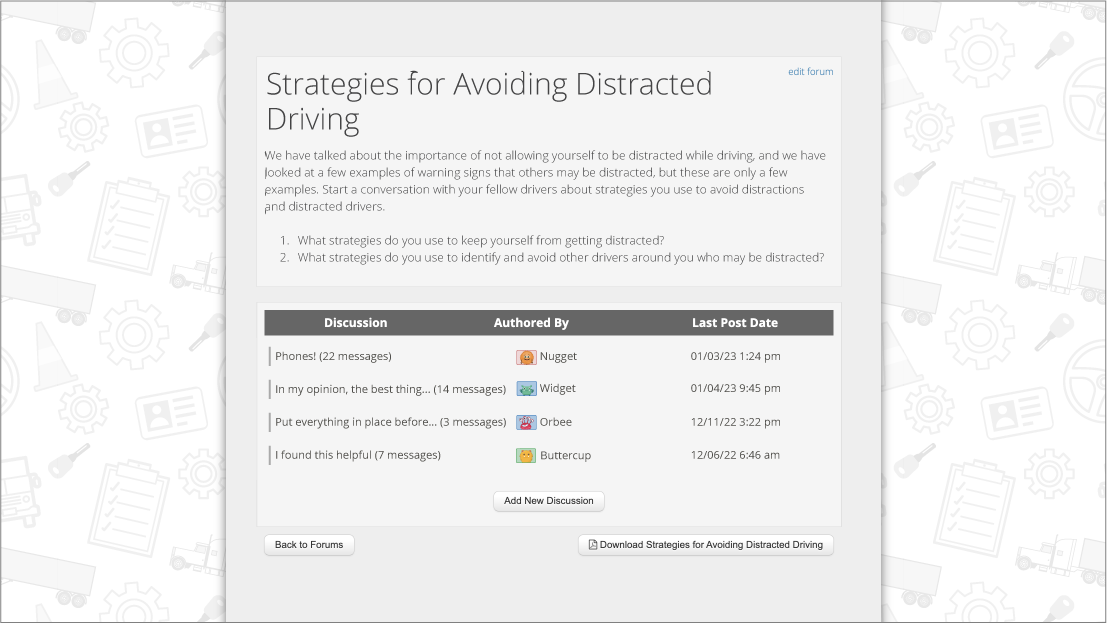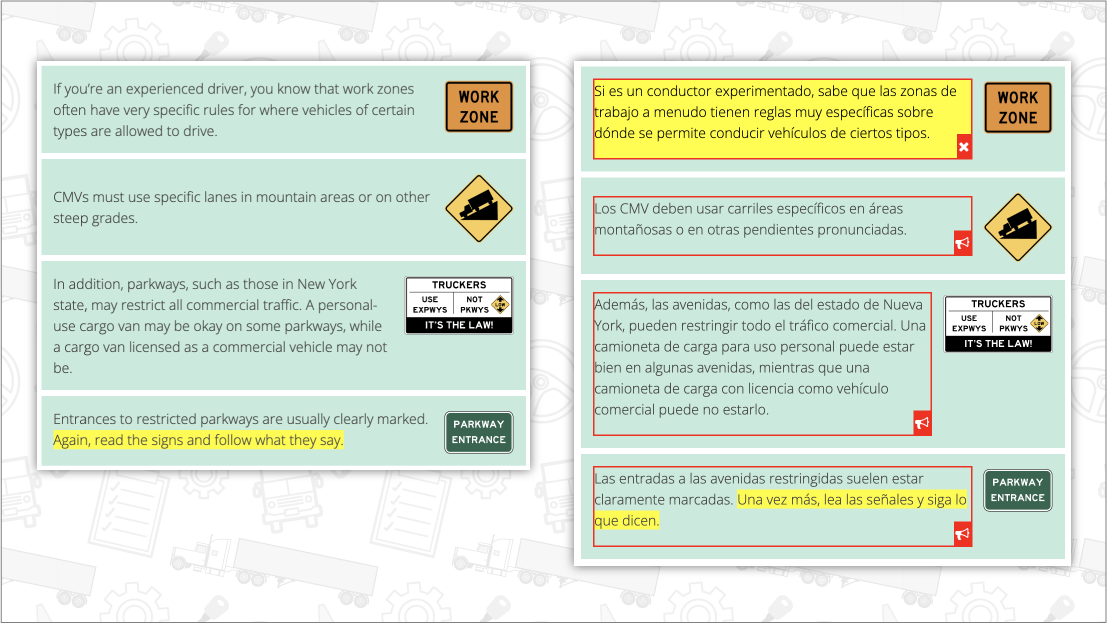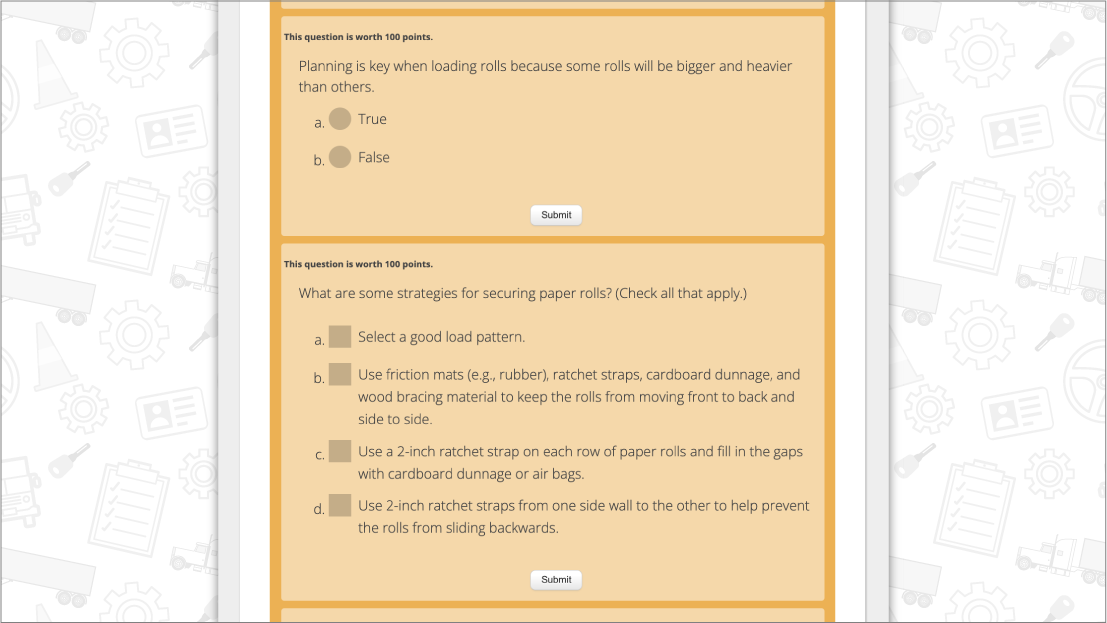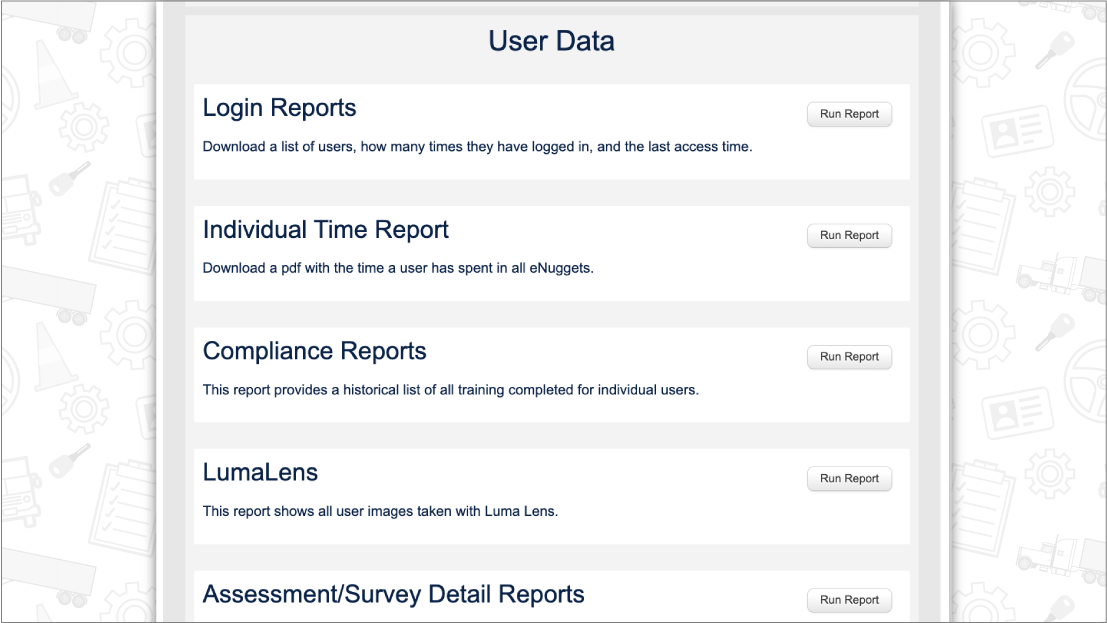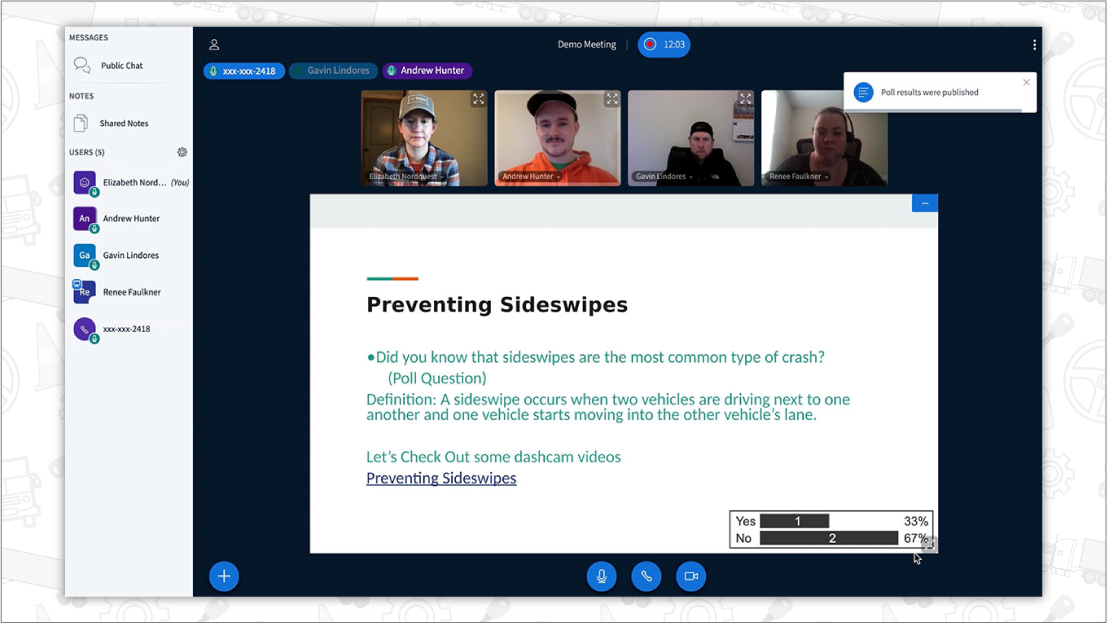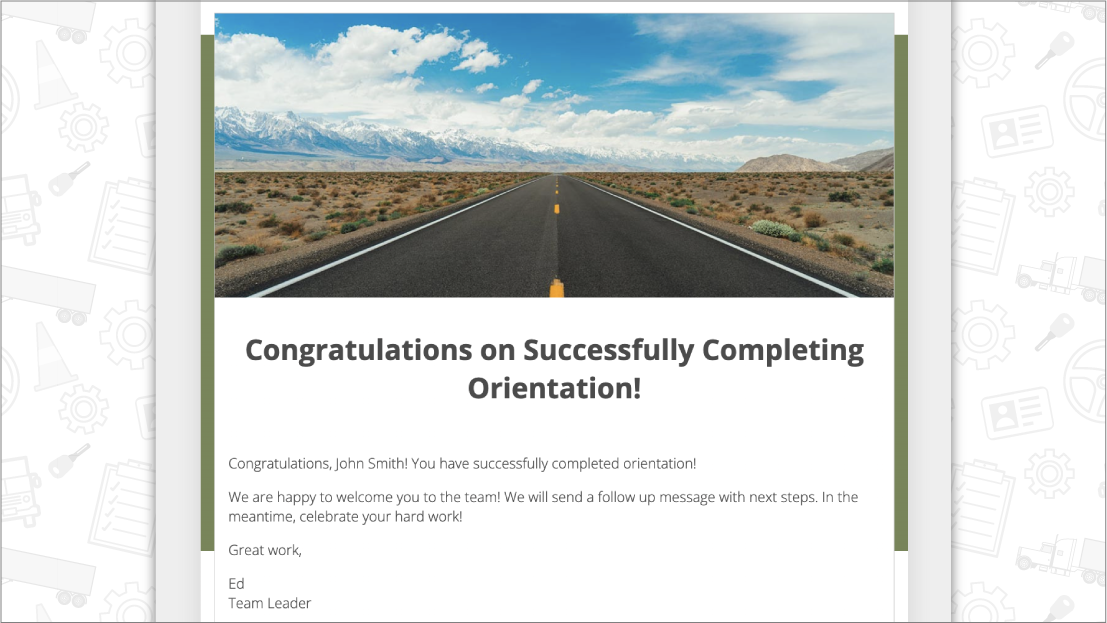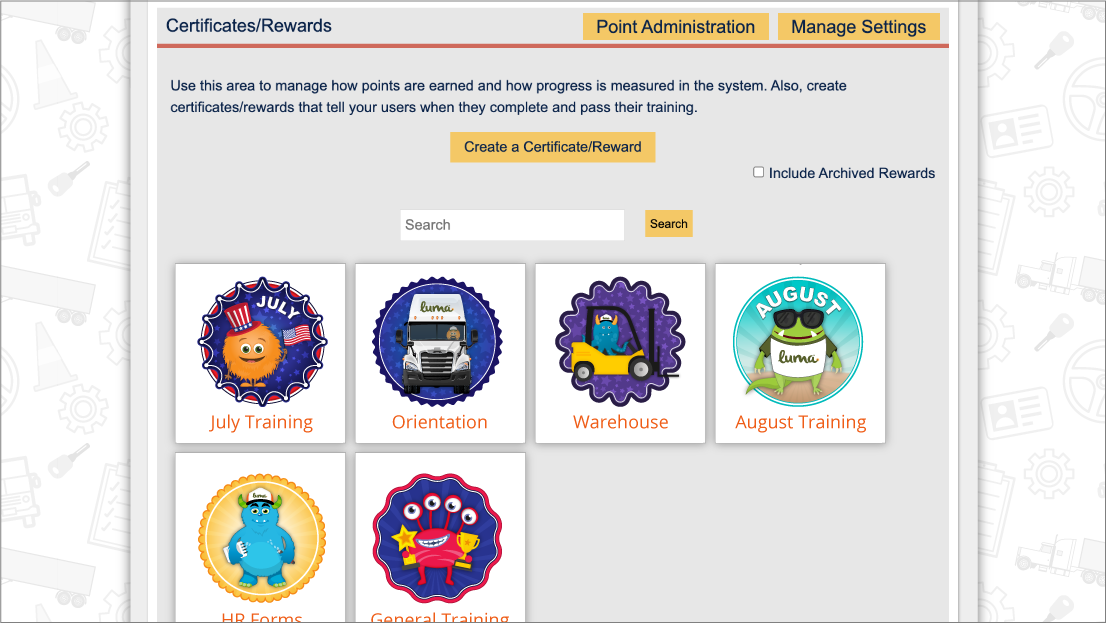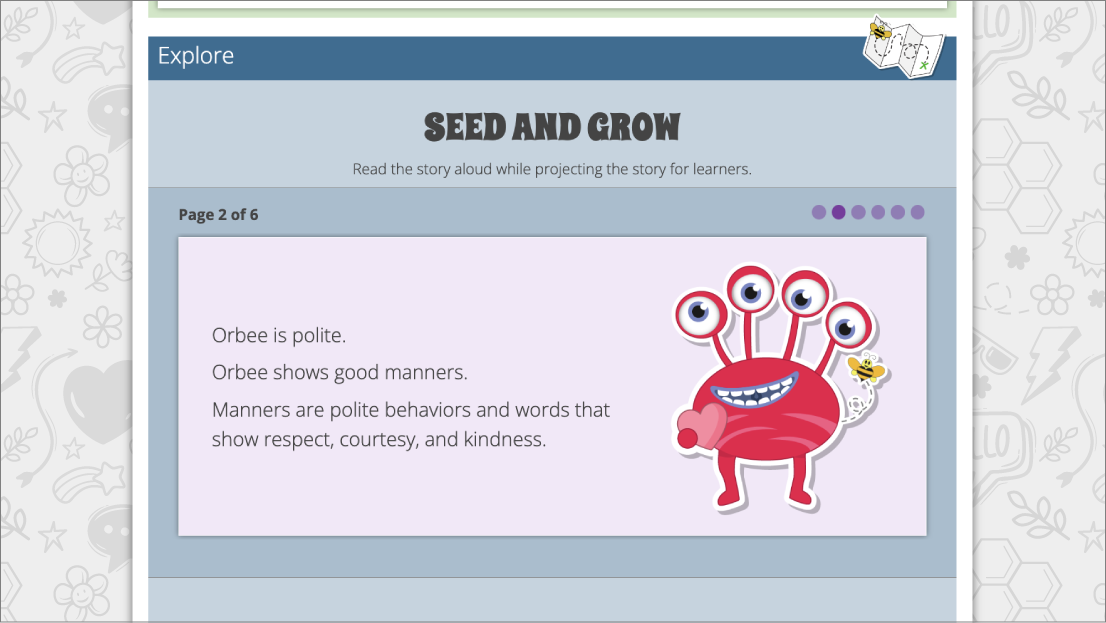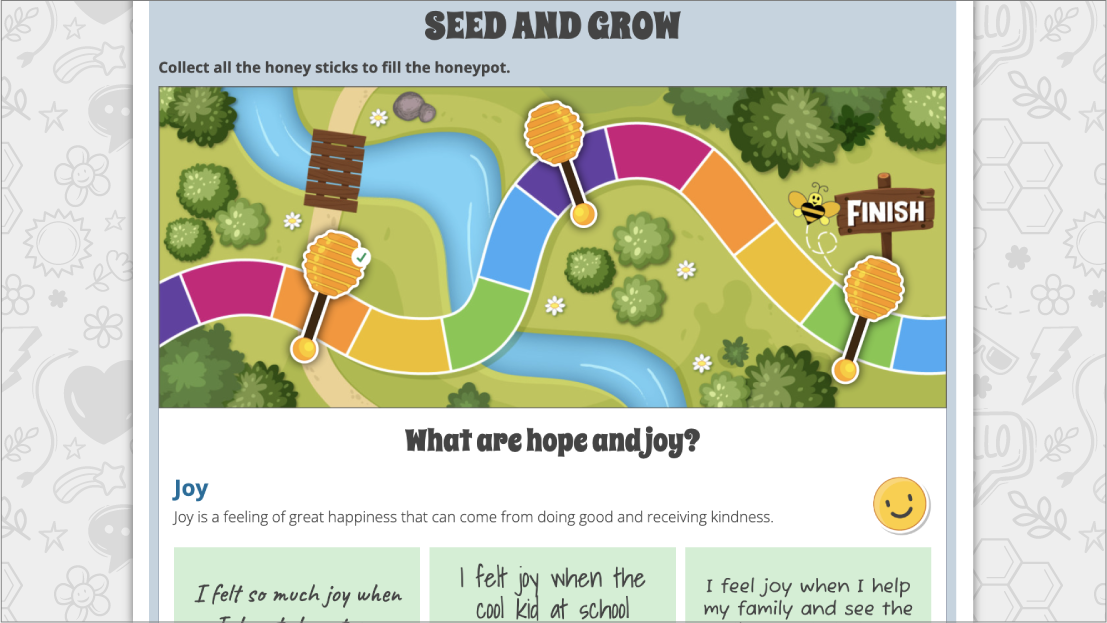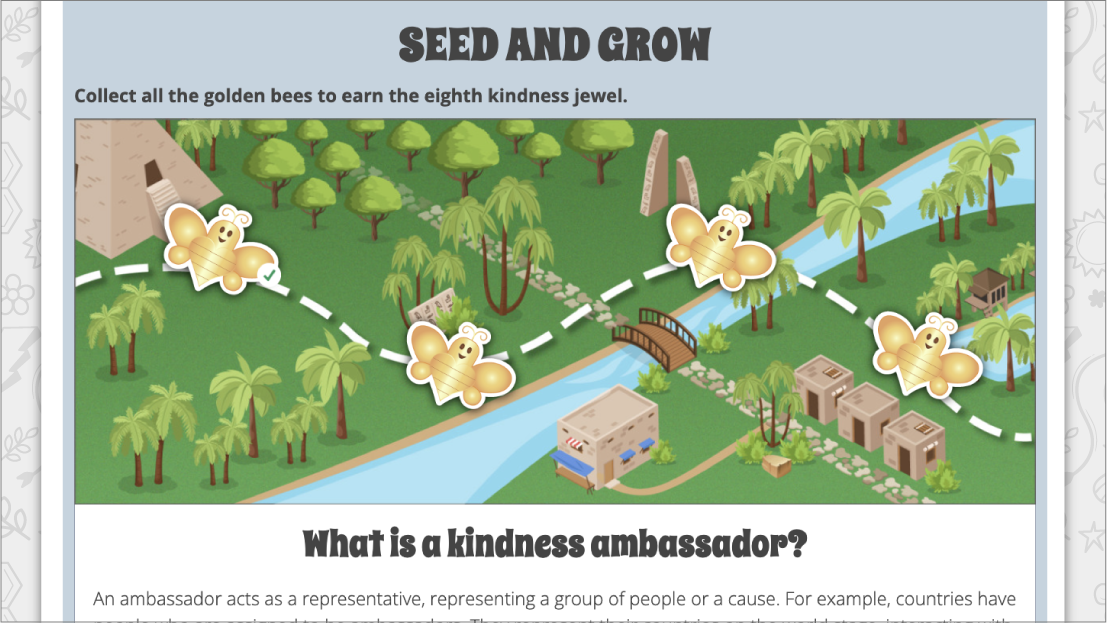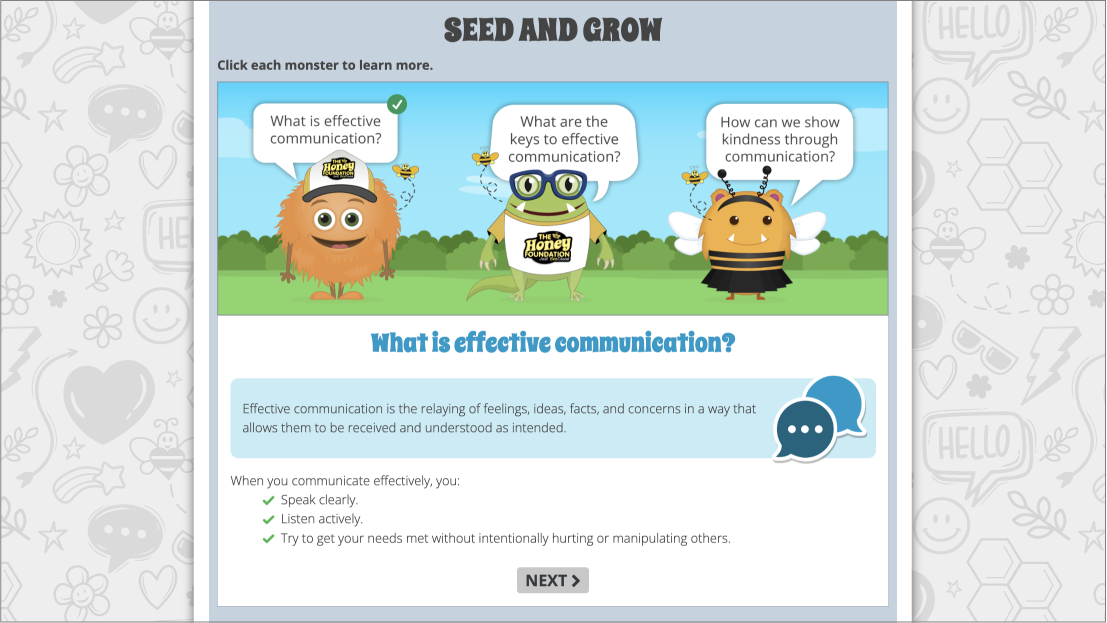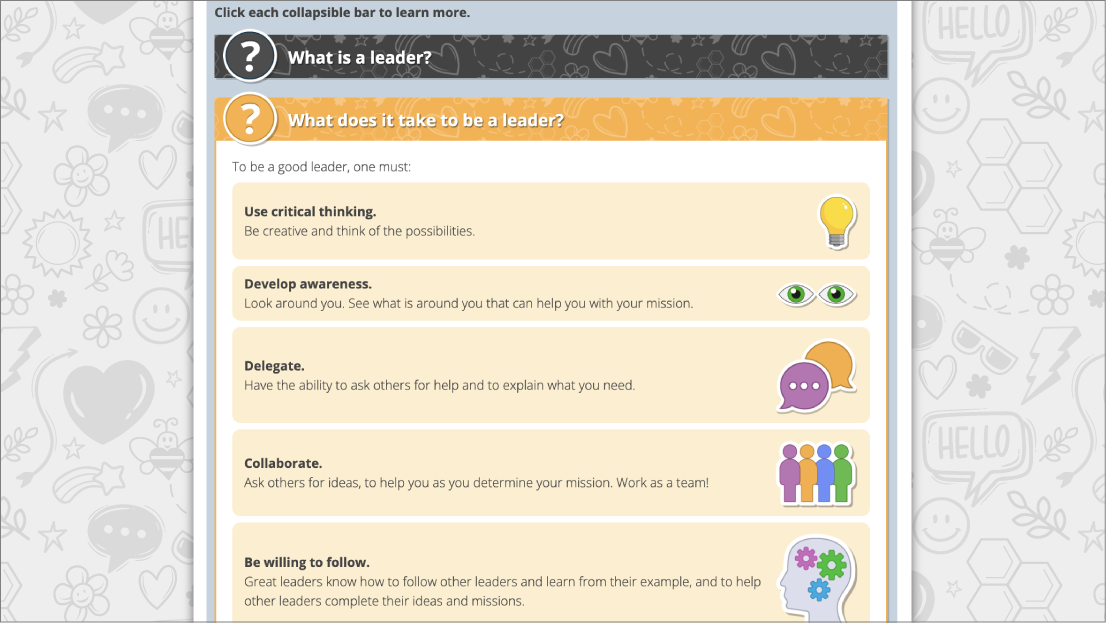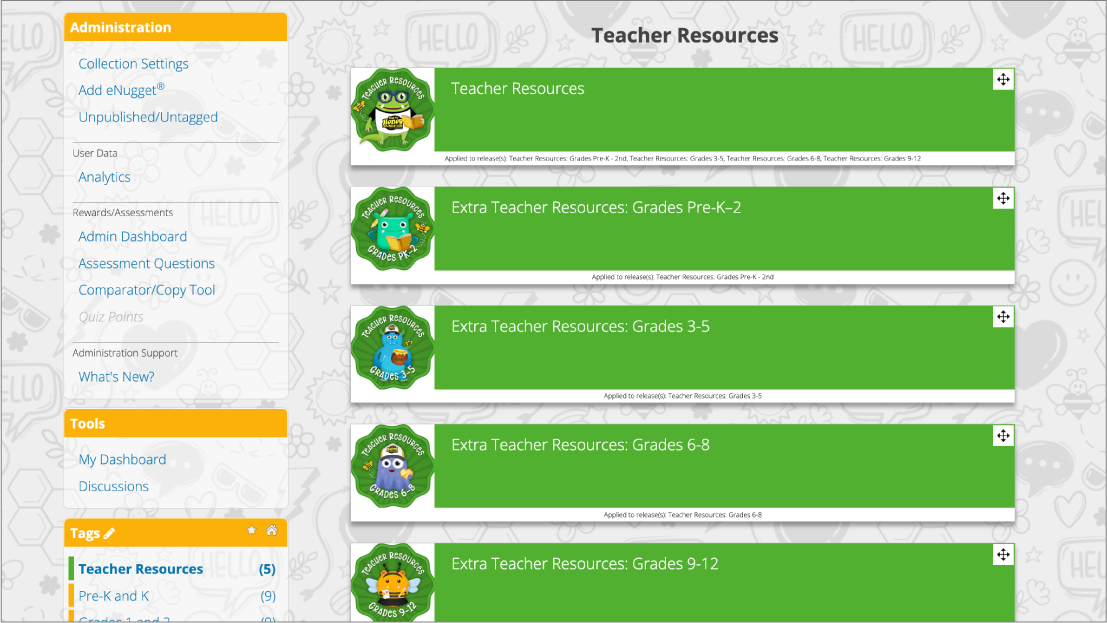
Luma Navigator™
Luma Navigator™ allows you to create individualized coaching programs for your employees. This program requires you to provide access to the external data providers that you would like to integrate into Luma Navigator™.
In education, this is referred to as differentiated instruction. Differentiated instruction, a concept ingrained in traditional classroom education for decades, focuses on tailoring instruction to individual learners. Luma Navigator™ builds on this theory so that you can monitor individual behaviors utilizing the metrics you desire and then deliver coaching plans that include many different interaction types over a period.
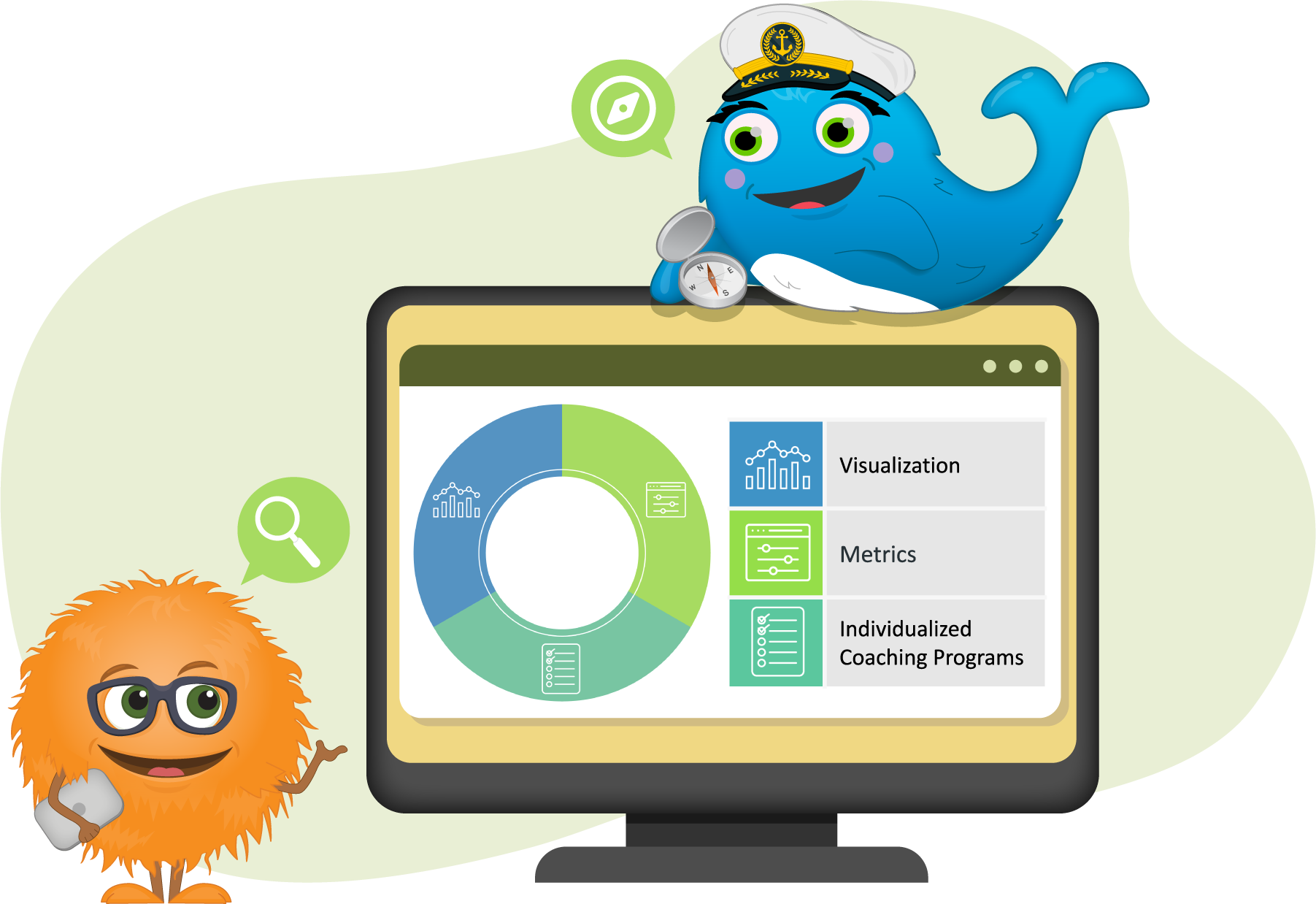
Here are five interaction types you can implement today to revolutionize your employee training:
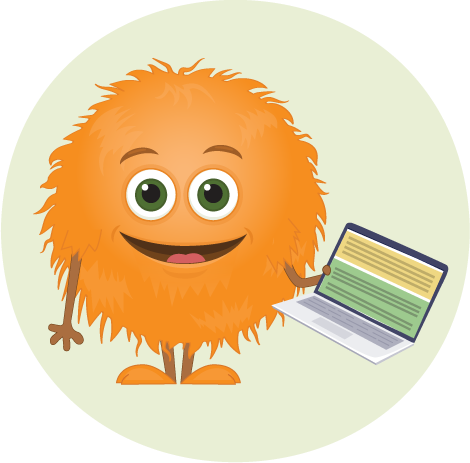
Learner-to-content interaction
In the most common interaction type, learners engage with information to formulate new thinking structures. Instead of offering generic content that lacks relevance to the learning, consider creating just-in-time content that corresponds to real-world applications. For example, instead of sending employees a generic video on parking lot safety, now you can scan your specific parking lot with your smartphone and create an immersive experience within a few minutes that shows the employees all the hazards in that specific parking lot.

Learner-to-learner interaction
This mode of learning relies on human connection. It should not be overlooked because human connection is crucial to an individual’s well-being and mental health. It is based on the premise that all employees have knowledge. Harness that knowledge by using discussion prompts to connect employees so they can learn from each other. For example, if most of your employees are virtual, post an image of a cup that they can download and color. Challenge them to fill it with ideas to spread gratitude and kindness at their organization. Each week assign an employee to share their cup and encourage other employees to act on the ideas and share their experiences.

Learner-to-instructor interaction
This type of interaction connects a novice learner with an expert learner. Connections are made through teaching or coaching. The expert imparts knowledge to the learner. Schedule online coaching sessions where you provide specific homework assignments that engage the employee as an active participant in their learning. For example, if an employee needs to learn to pitch your software, encourage them to first practice and then meet with you virtually to convince you of why your software is different. Be their “guide on the side.”
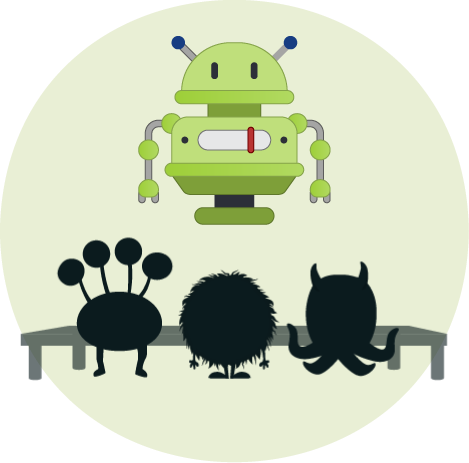
Learner-to-machine interaction
In these interactions, artificial intelligence (AI) or machines produce content, deliver programming, or provide feedback, entirely without human intervention. When the car beeps because we do not have our seat belt on, we’re involved in a learner-to-machine interaction. We can build similar data feedback loops in the workplace using AI applications.
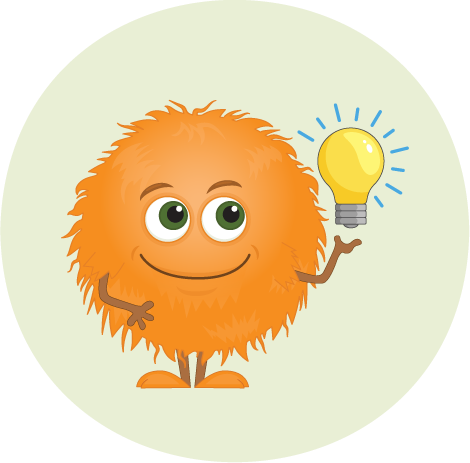
Learner-to-self interaction
Learners access content by reflecting on their own experiences. These prompts promote engagement by asking learners to draw from prior knowledge. Bring these interactions to life through surveys, polls, and guided questions embedded in the learning. An example might be asking your employees what they want to learn and then embedding those experiences within the training required for the position. Often, adults in the workplace are not asked what they want to learn.
Read the full article on differentiated instruction written by Dr. Gina Anderson, CEO and co-founder of Luma Brighter Learning. The article explains the theory that serves as the foundation for Luma Navigator™.
